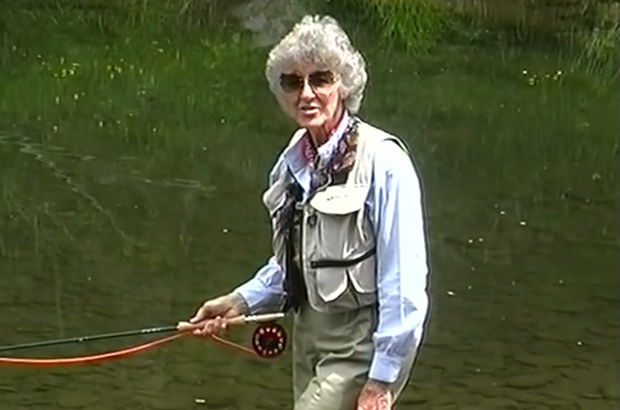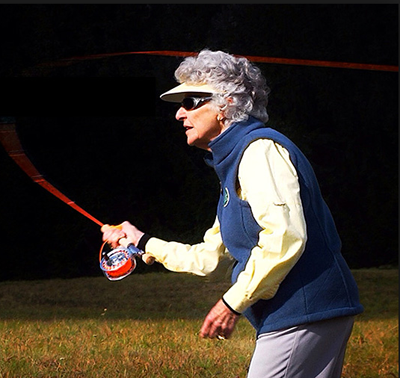The best fishing trip you can buy
[dropcap]Y[/dropcap]ou can buy all the very best gear, fly first class, stay at the most fantastic lodge, get the best guide, hit the season perfectly and you’ll have a good chance of being skunked. Why? How could that be? Because if you can’t double haul, hit a target 50-feet away with a few false casts and you don’t know how to strip strike, the deck is stacked against you.
Yes, there’s lots more to being successful at catching salty and fresh water animals, but with more than a few miles and many destinations under the belt, we’ve observed failure and it is always rooted in inability to cast well, or if lucky, not being able to set the hook.
Practicing will make you lucky
Remarkably, the formula to being a successful fly caster is simple and it has nothing to do with strength. Start by checking out the internet – a good start is Joan Wulff’s casting video or any of Lefty Kreh’s many videos. There are endless other “how to” casting videos.
However, the shortest route to success is your local fly shop. They will probably have someone in-house who teaches fly casting or will have a connection with a local guide who is experienced at teaching, or they will have a connection with a local Federation of Fly Fishers Certified Casting Instructor.
Do a selfie check
Remember, you have to be able to cast at least 50-feet accurately and quickly. If you’re straining to make a 50-feet cast, you’re doing something wrong. More than likely trying to muscle the cast – not letting the rod work for you. The flyline loads the rod and your hand, forearm and upper arm move the lever which is the rod.
Game time, are you ready?
A proper set-up: rod weight matching the flyline (or one weight up or down), leader and light fly should enable any caster to learn to hit 60- or 70-feet repeatedly on target. That said, there are other elements to the cast that can complicate it. One example, casting from a skiff. There you’re forced to deal with wind, perhaps a weighted fly and standing on a cooler that puts you around 17-inches off the front deck adds the need for serious agility. If you can manage to hit 50-feet under those conditions, you’re halfway there – you’re in the ballgame.
A rod that makes an angle losses lots of fish
The other half is all about catching and catching begins, of course, with the cast. Let’s assume your fly is perfectly cast at a tailing redfish. The fly gets eaten and you feel it. Immediately, you high stick to set the hook and viola, no fish. You just pulled the hook out of the red’s mouth. You can expect the same results if you repeat high sticking on almost all species of fish. Yes, you might get lucky sometimes, but why do it wrong and lose fish?
A simple solution is keep the rod low, and when a fish hits, like a red, strip set with your line hand by pulling straight back – you should have the line hand end up behind you. You’ll get enough natural cushion from the rod tip, flyline, and leader (unless it’s fluorocarbon). Your set intention is to bury the hook so you have “fish on.” With fish on, you want to get the flyline onto the reel as fast as possible, this is a must with big fish like tarpon. A quality reel with a sealed drag will also cushion bursts and violent head shakes. A crap reel won’t do that.







